-
About
-
Products
- By Timber Product
- Cladding
- Decking
- Joinery
- Screening
- Panelling
- View all
- By Application
- Exterior Cladding / Siding
- Exterior Rain Screen
- Exterior Roofing
- Interior Walls & Ceilings
- Soffits
- Screening, Fins & Battens
- Windows, Doors & Joinery
- Posts & Beams
- Accessories + Samples
- Coatings
- Fixings
- Samples
-
Shop
- Samples
- Timber Samples
- Architectural Sample Box
- View all
- Accessories
- Coatings
- Fixings
- View all
-
Resources
- By Resource Type
- Technical Data Sheets
- Guides & Manuals
- Technical Articles
- Profile Drawings
- View all
- How To
- How To Specify
- How To Install
- How To Maintain
- Projects
- Contact
Technical Articles
Filter by category
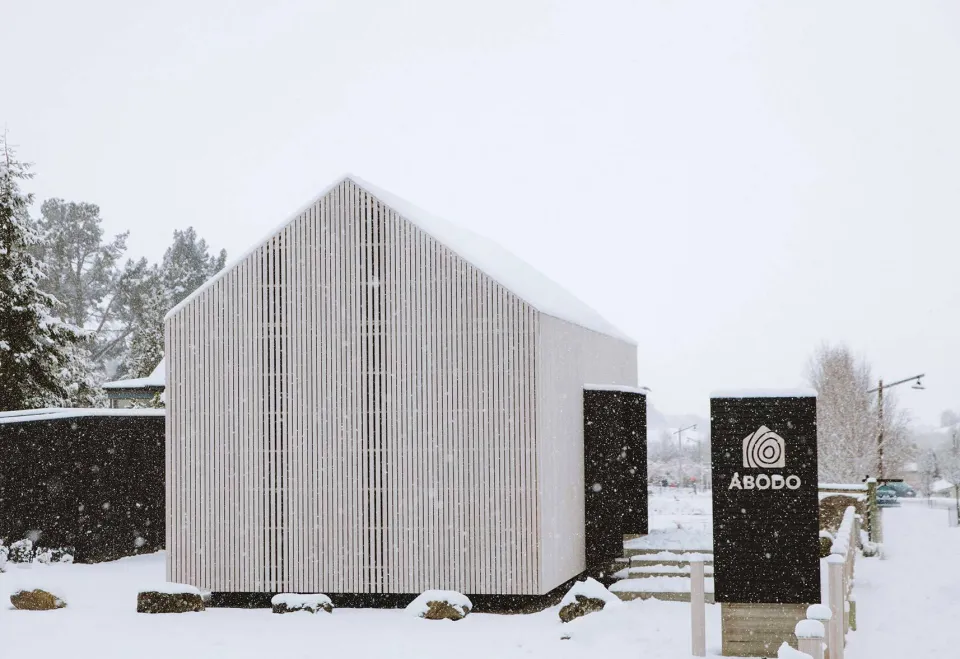
Reinvention of Ancient Wood Protection Technology
Of late there has been significant interest in rekindling time-honoured wood finishes, and many of them perform better than modern alternatives
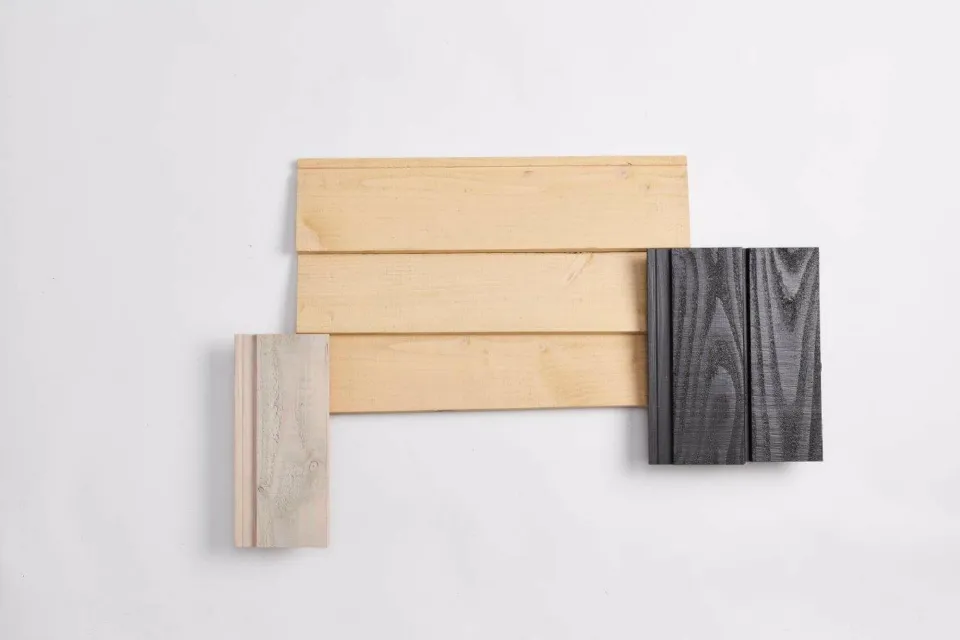
Locally Grown Alternative to Lawsons Cypress and Lusitanica
Lawsons Cypress, Macrocarpa and Lusitanica are is a naturally durable timbers, suitable for use in low to moderate hazard applications.
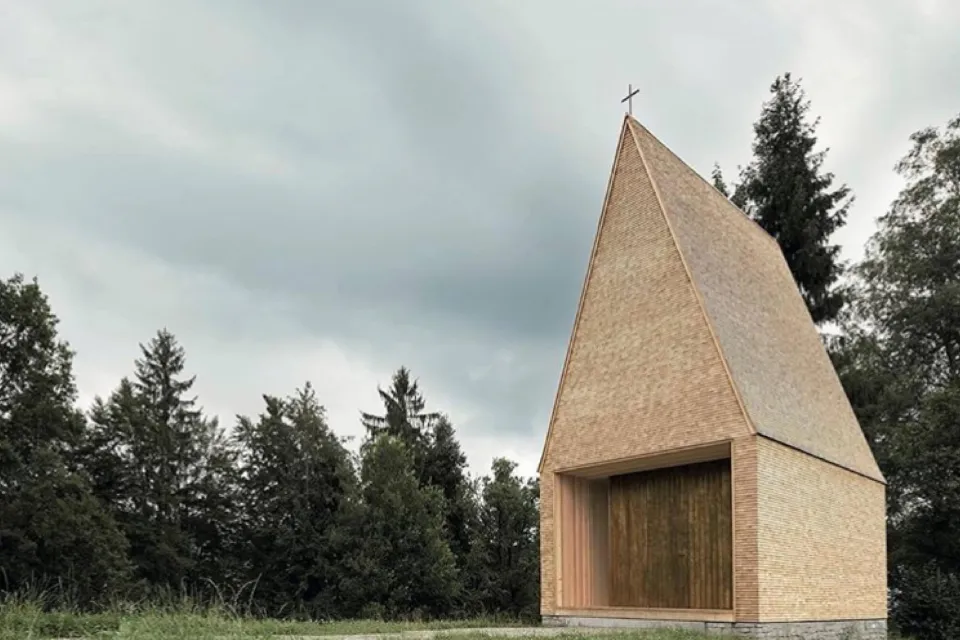
The Timber Shingle Renaissance
With a world craving authentic, natural materials it should be no surprise that traditional timber shingles are making a comeback.
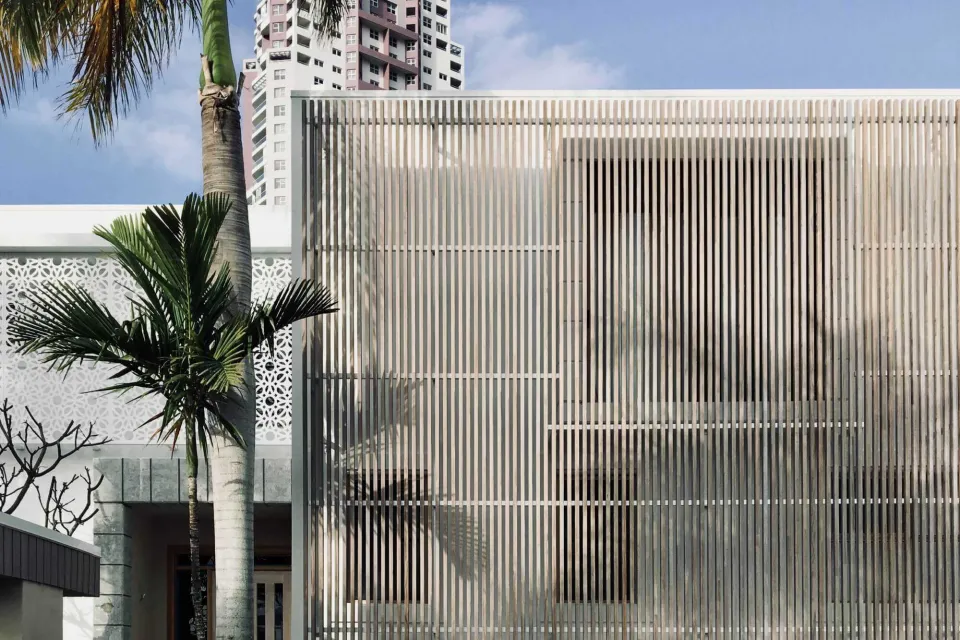
Timber Battens - Sophisticated Privacy
Exterior timber battens are a modern way to provide privacy and sun shade in exposed applications
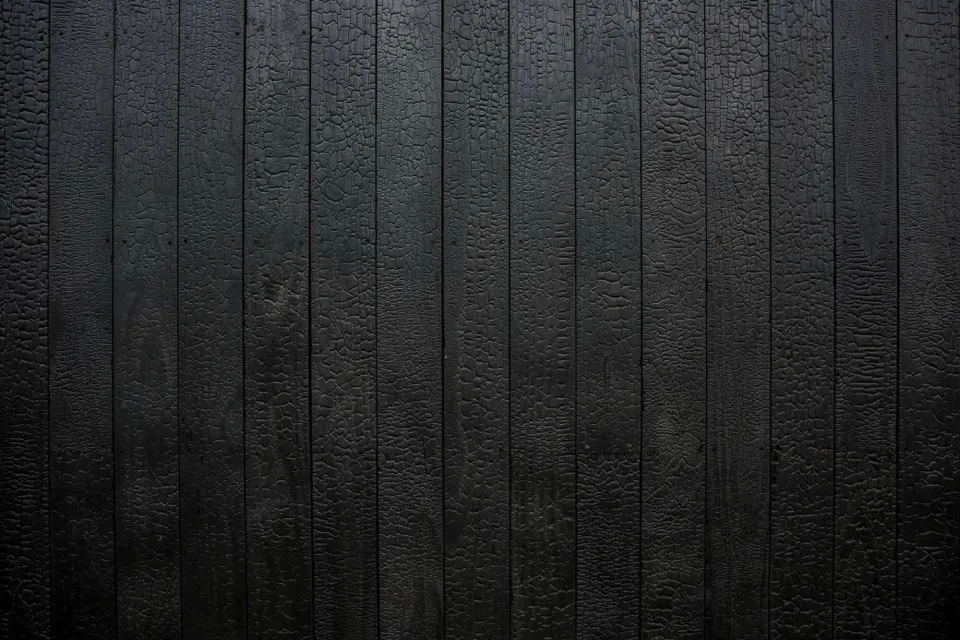
How Long Does Charred Wood (Shou Sugi Ban) Last?
Surface charred wood (also known as Shou Sugi Ban or Yakisugi) has become an international sensation. However all charred timber is not created equal.
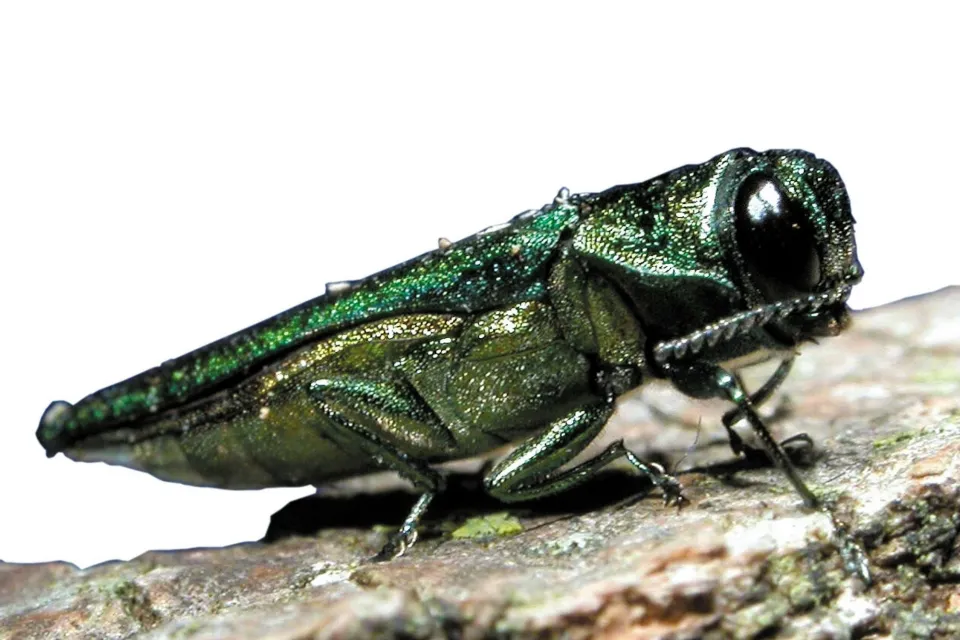
Thermally Modified Ash - A Dying Resource?
Thermally modified American Ash is a durable and attractive exterior timber, which is being decimated by the Emerald Ash Borer
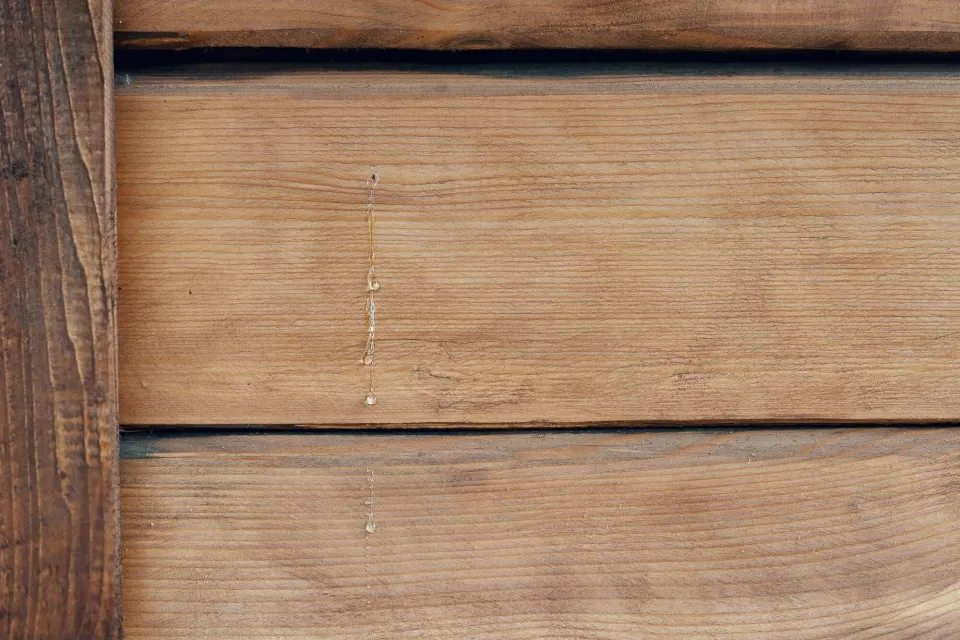
Resin Bleed - A Major Issue for Exterior Timbers
Resins can be troublesome when softwood timbers are used in exterior applications. Vulcan Cladding is an excellent choice to mitigate resin bleed.
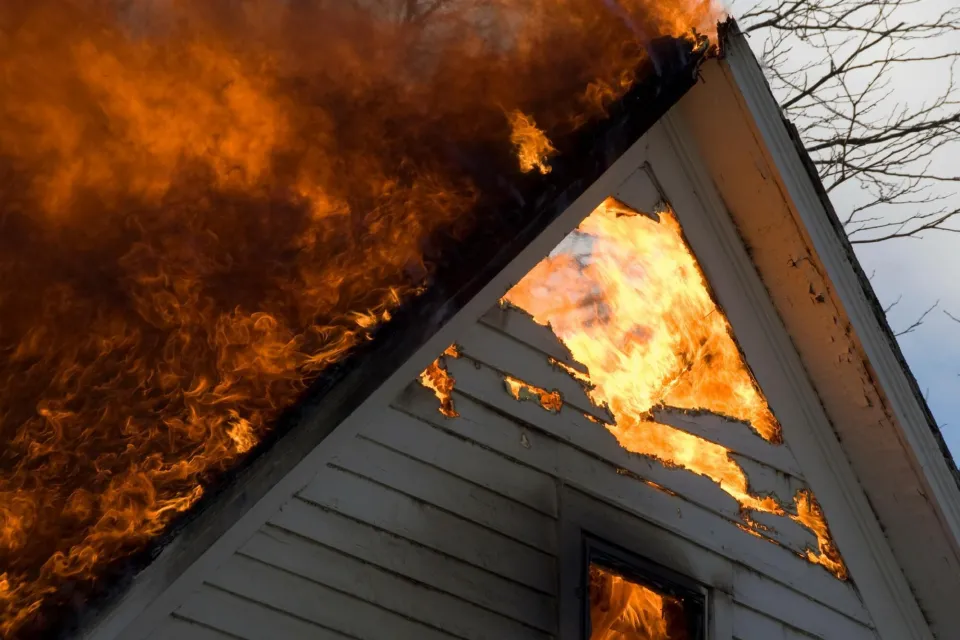
Intumescent Fire Retardant Paint for Timber
Fire compliance is becoming problematic for timber weatherboard products, particularly in applications close to a boundary or more than 7m in height.
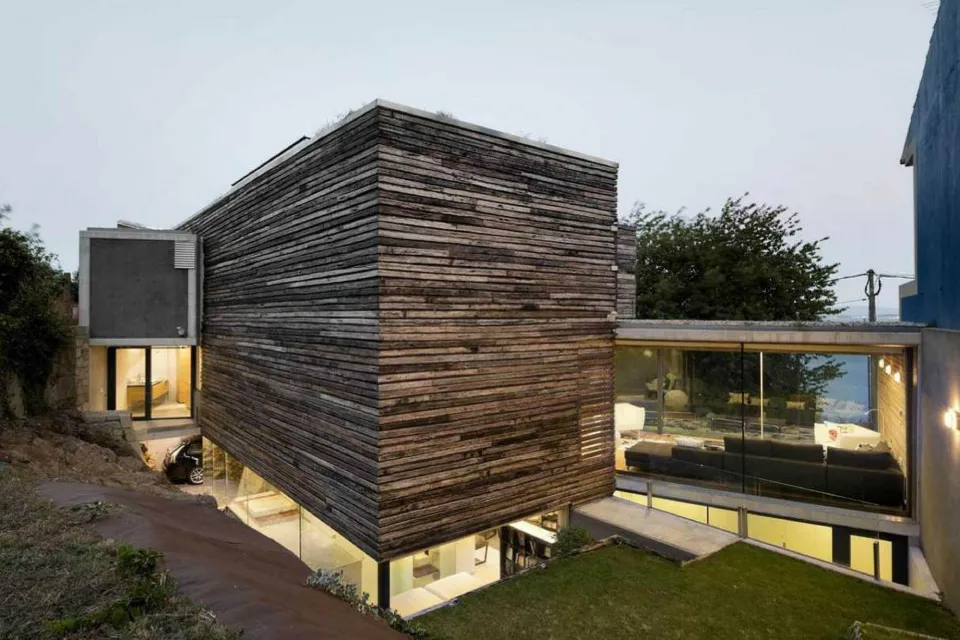
Reclaimed Timber Cladding - An Old Look Making a Comeback
Recycled timber and wood products are gaining in popularity. In modern architectural structures, aged wood siding can provide a contrast with more contemporary materials.
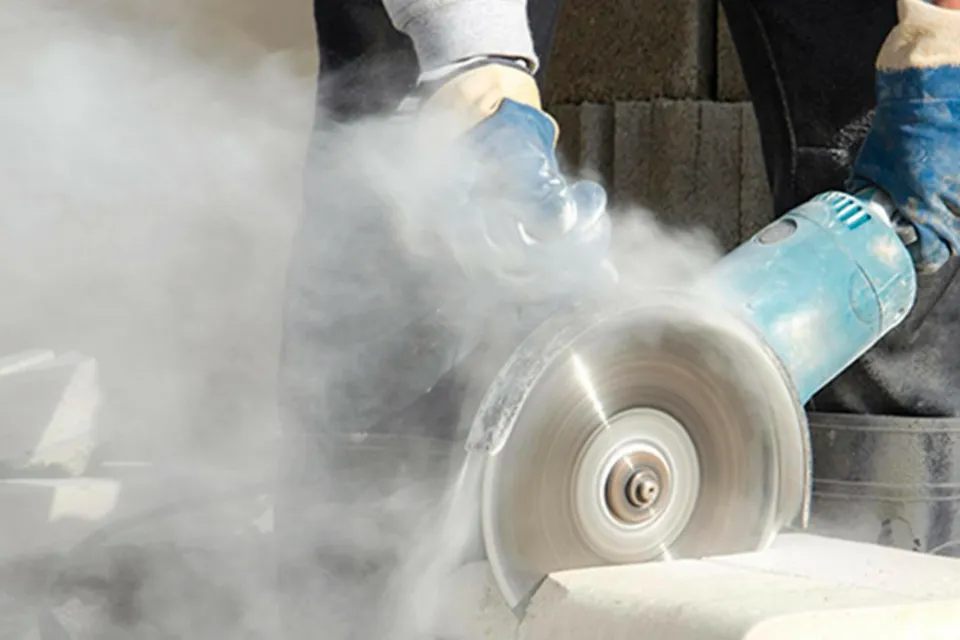
The Dangers of Silica Dust – Fibre Cement Board Products
Dust containing silica is created when fibre cement weatherboards and other fibre cement and masonry products are cut, ground, drilled or otherwise disturbed.
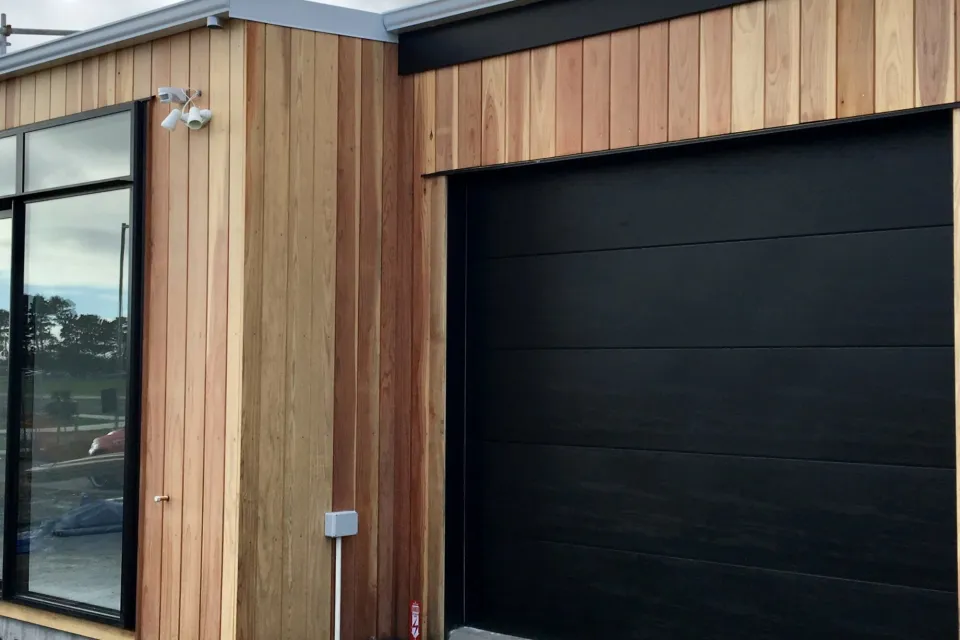
The Verdict on Redwood Weatherboards in New Zealand
Redwood is a Californian native species, that has been planted in New Zealand. A medium to low weight softwood, Redwood, particularly 'old growth' Redwood is prized for its durability and used extensively in fencing, cladding, siding and weatherboard type applications.
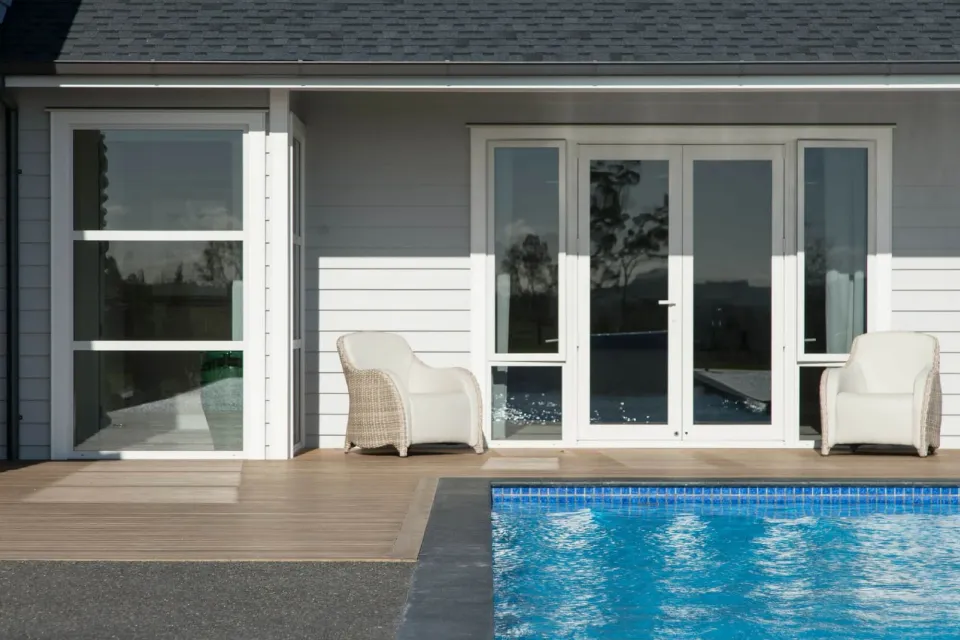
Timber Weatherboards Versus Fibre Cement Weatherboards
Fibre cement products are often touted as “more durable” alternatives to natural timber.
